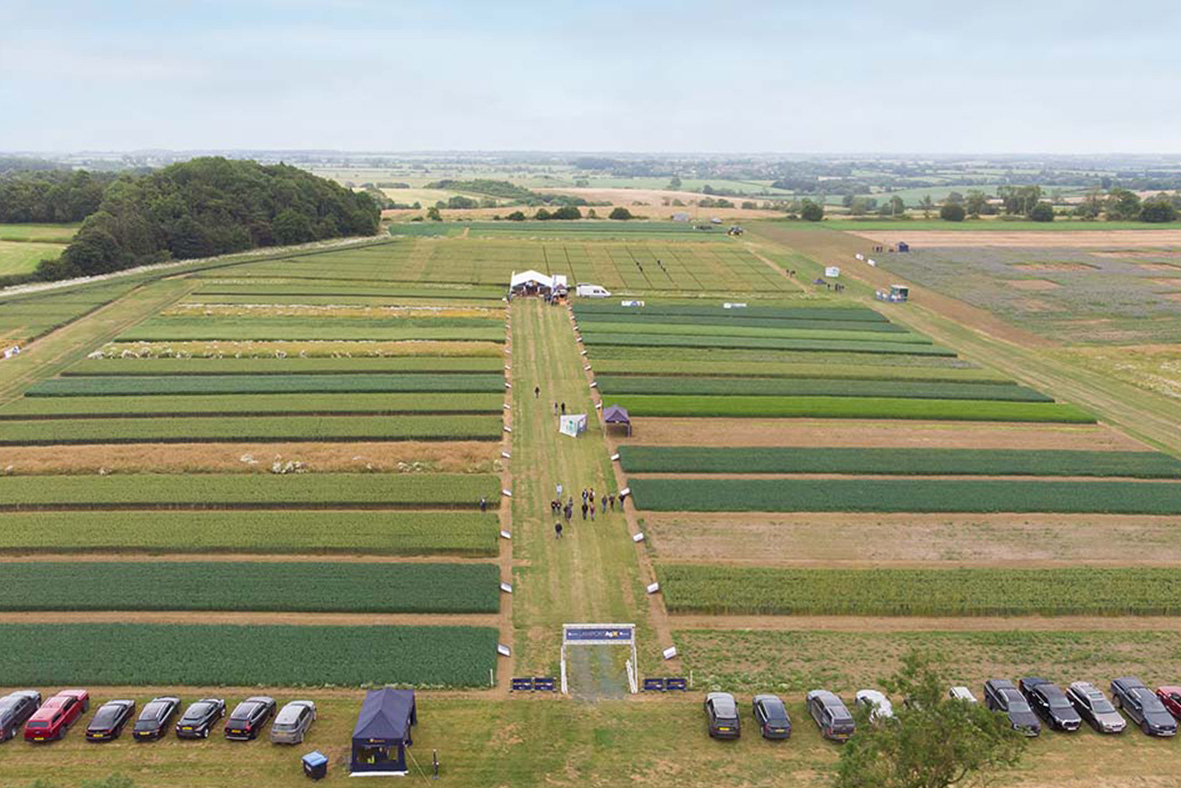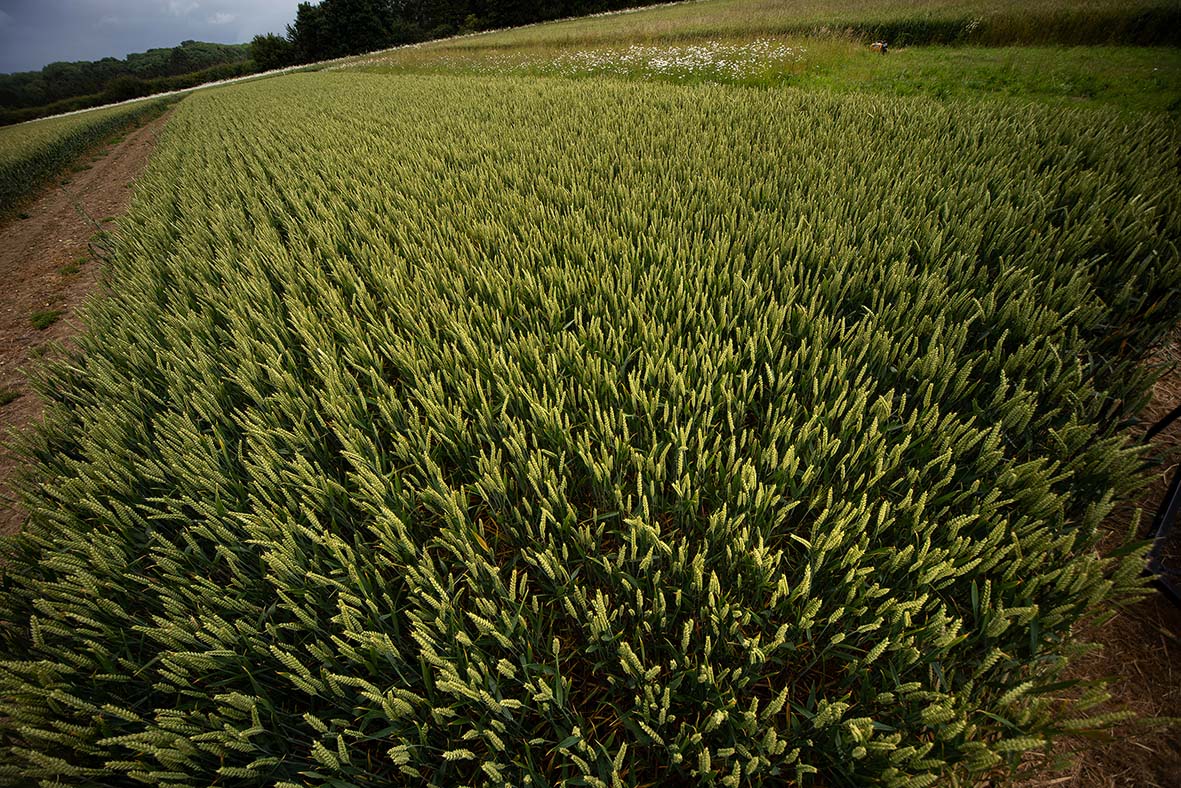Promising alternatives to bagged fertiliser
Innovative nutrition products and biostimulants are showing promise as cost-effective alternatives to traditional fertilisers at Lamport, with some offering significant improvements to soil health into the bargain.
In large-scale trials last year, the performance of a control plot of winter wheat that received conventional applications of phosphorus, potash, and nitrogen was compared with an experimental plot that was treated with products from Agrovista’s innovation range.
P and K
The aim of these trials is to supply crops with sufficient P and K to meet yield and quality requirements without putting any inorganic salts onto the soil.
Chris Martin, Agrovista’s head of soil health, said: “Soil tests at Lamport show a P index of 3.1 and K at 3.3. You might therefore ask why you need these nutrients, but traditional soil tests are not always representative of what is actually available to the plant’
“Every year, growth stage-related sap or grain tests show crops are low in phosphate, mainly due to high pH and high calcium levels locking it up.
“Applying TSP is the most common solution to top up phosphate, but it is locked up in these soils very quickly, sometimes within days. A maintenance dressing of 70kg/ha for a 10t/ha wheat crop currently costs around £70/ha*, but it’s not working. DAP and MAP are more soluble but even they are eventually locked up in these soil types. We’ve ended up building a huge bank of phosphate in the soil.”
Phosphorus Liberator and Phosta are soil-applied products that release some of this locked-up phosphorus or make soil-applied phosphate fertilisers and manures remain available to the crop for longer to meet a crop’s needs and improve soil health.
Phosta was applied to the experimental plot, along with Luxor to help maximise the availability of P. This nutrient biostimulant has over five years of trials outperformed TSP or DAP. The combined cost was under £30/ha.
“Our tissue and sap tests showed phosphate was bang on; we saved £40/ha compared with a maintenance dressing of TSP and it very much looked like we had done the job. This was confirmed with a grain nutrient test from the innovation plots at 0.32% P compared to 0.28% P in the conventional plots at harvest.”
It is a similar picture for potash at Lamport. “We have such high Ca and Mg indices that potash is only around 2% of base saturation; whereas the literature suggests it should be nearer 5%.”
The whole site received 150kg of muriate of potash supplying 90kg of K, which cost around £65/ha. A further two plots received Wholly K PGA, a foliar-applied potassium metabolite complex at T0 and T1, saving £40/ha.
“Overall, from a P and K point of view, we’ve saved a significant sum while doing the job we wanted and, importantly, no inorganic salts have gone into the soil, so we’re not affecting biology,” Chris said.
The innovation plots also yielded better, outyielding the conventional approach by almost 0.9 t/ha. “Whilst this trial wasn’t fully replicated, it is still a very encouraging result,” says Chris.
“I believe we can really start changing the advice that has prevailed for the past 70 years.”
*All values are based on October 23 prices: TSP at £440/t and MOP at £450/t.



